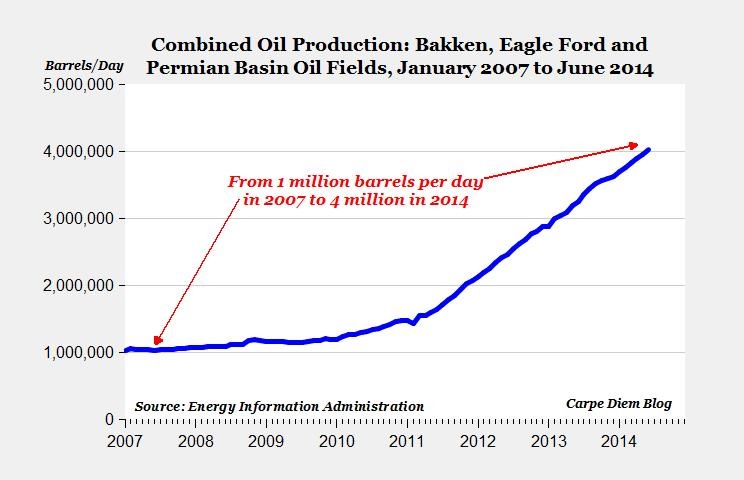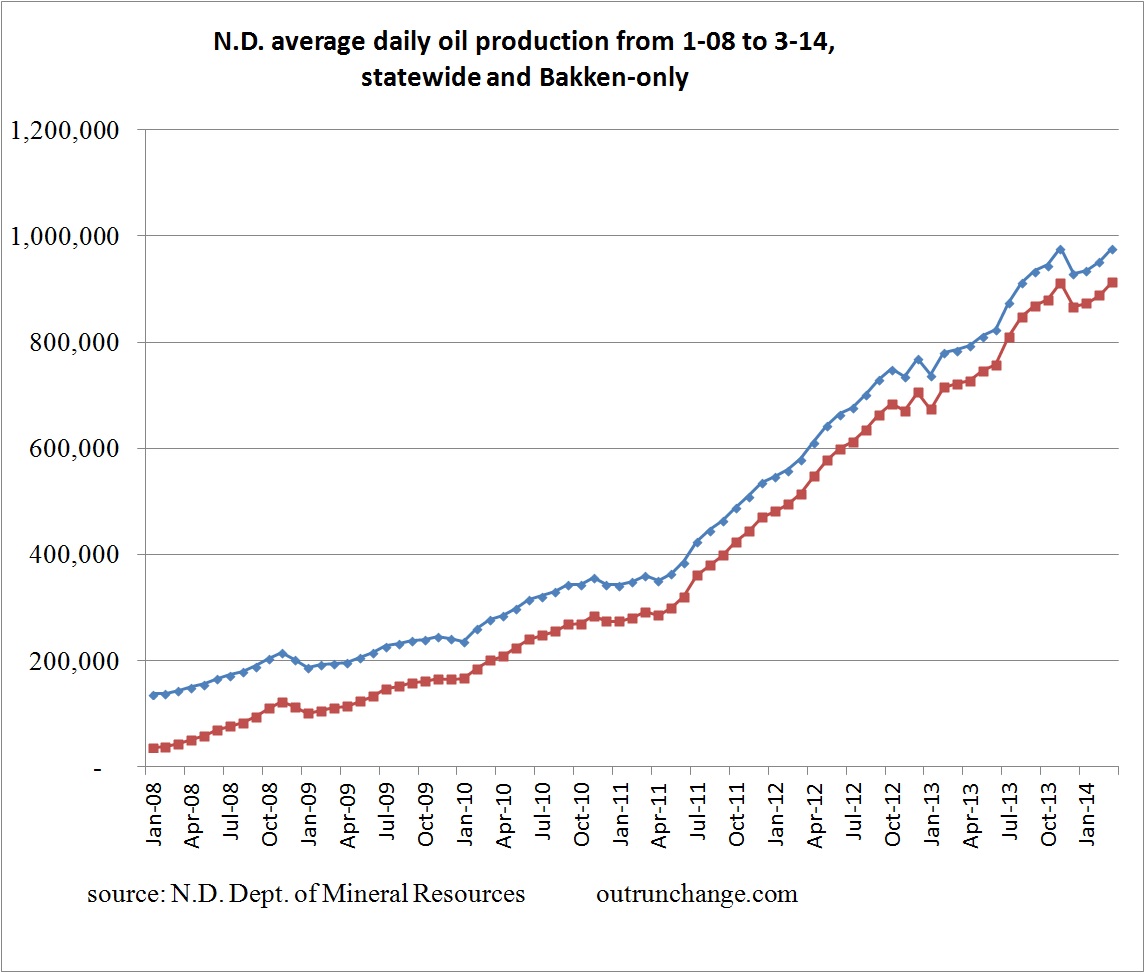Here’s another data point for the cost to build out a large wind farm along with the 700 mile transmission line. Can’t have a huge slice-and-dice operation without a way to move the electricity to a buyer.
The Denver Business Journal reports Anschutz-backed Wyoming wind far, biggest in North America, files for permit.
Here is one key paragraph with lots of data:
The Chokecherry and Sierra Madre Wind Energy Program wind farm is being developed by the Power Company of Wyoming LLC, a subsidiary of The Anschutz Corp. It involves 1,000 wind turbines capable of generating up to 3,000 megawatts of power — enough to support the electricity demands of about 900,000 homes.
Cost of the constructing the turbines is $6B per the article, and is based on 2008 plans.
In addition, a 725 mile transmission line will carry the power across Wyoming, Colorado, Utah, and end up in southern Nevada. Cost of building that line is $3B per the article.
Key info for future reference: Continue reading “Cost to build a 1,000 turbine wind farm and associated transmission line”


